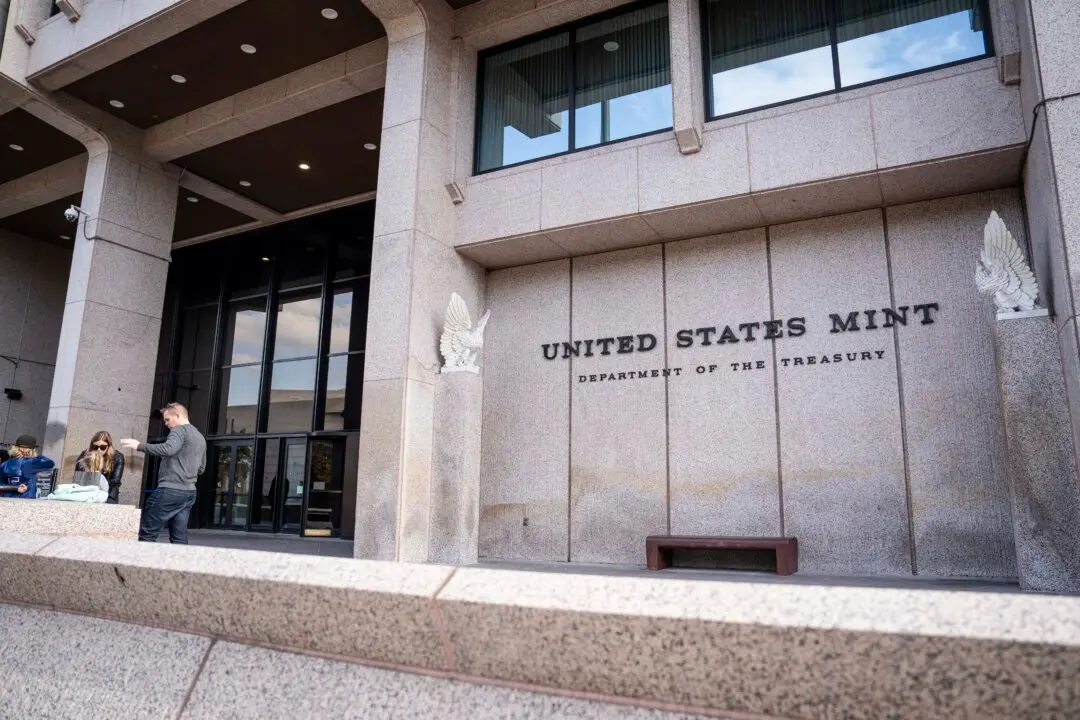The Federal Reserve will likely keep raising interest rates higher than officials had first thought, Chair Jerome Powell told lawmakers in Washington.
In his first of two appearances on Capitol Hill on Tuesday, Powell cautioned the Senate Banking Committee that the latest string of better-than-expected economic data and a modest reversal in the disinflation trend could enable the U.S. central bank to tighten monetary policy faster.





